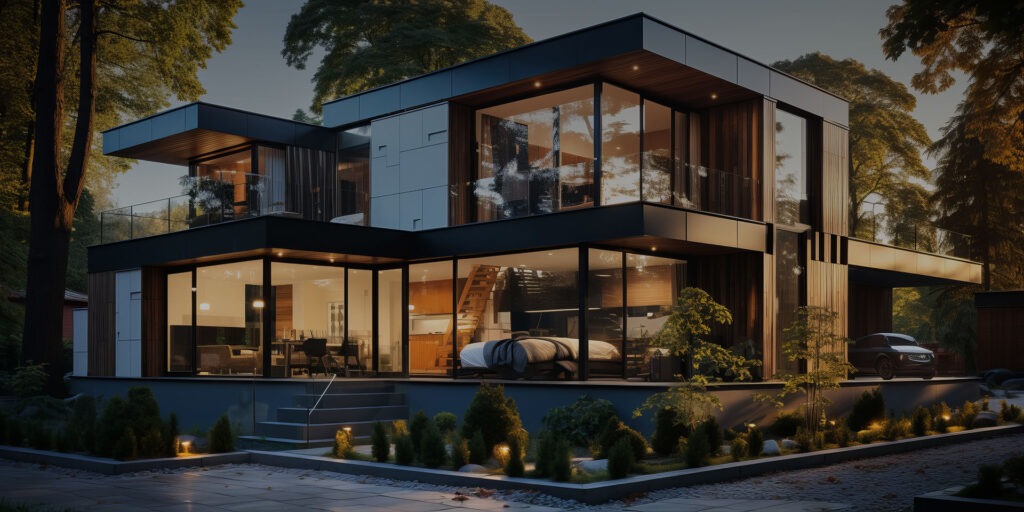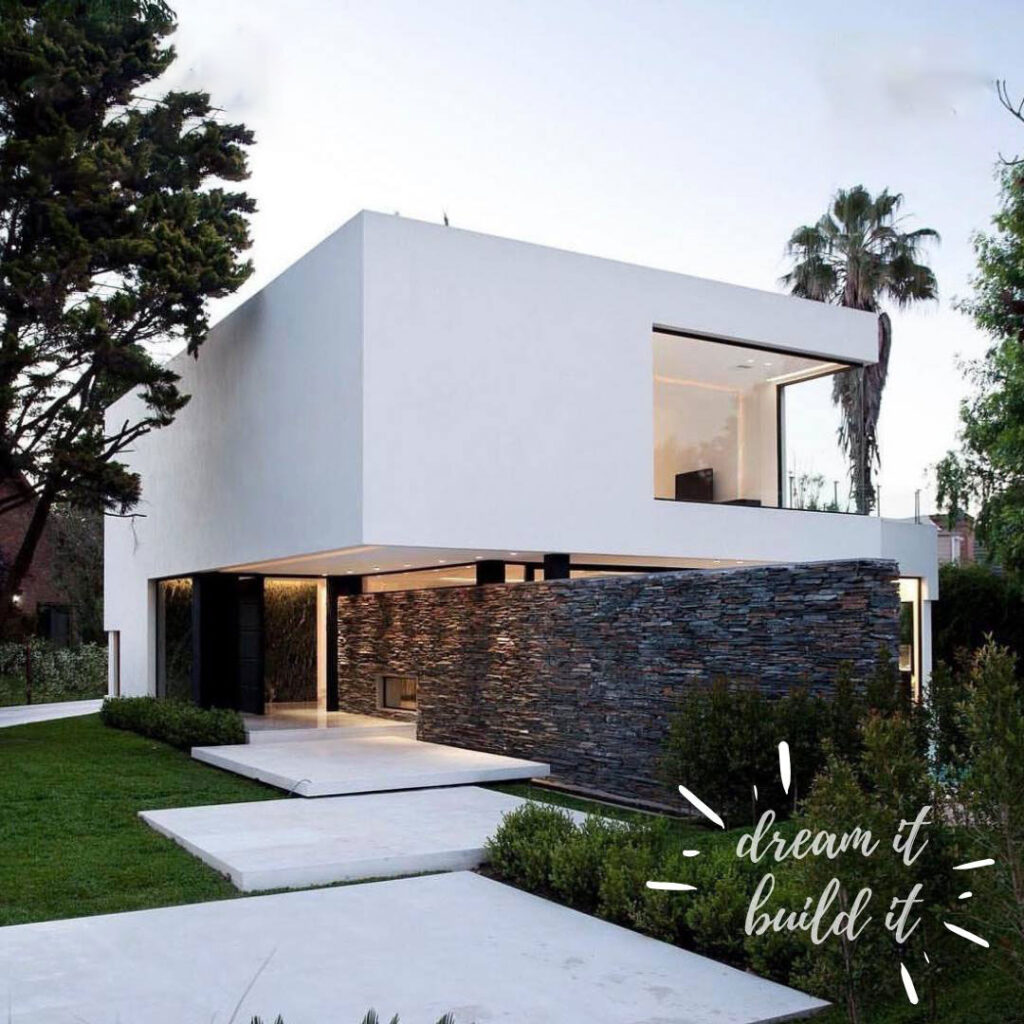Enhancing Interior and Exterior Spaces with WPC Wall Panels
In the realm of interior and exterior design, finding the perfect balance between aesthetics, functionality, and sustainability is a perpetual quest. Wood Plastic Composite (WPC) wall panels emerge as a versatile solution, bridging the gap between traditional wood and modern materials. With their blend of natural wood fibers and polymer resins, WPC panels offer a myriad of benefits, revolutionizing the way we adorn and protect our living spaces.
What are WPC Wall Panels?
Wood Plastic Composite (WPC) wall panels are engineered panels crafted from a mixture of wood fibers, thermoplastics, and additives. This innovative combination results in a material that inherits the aesthetic appeal of natural wood while offering enhanced durability and weather resistance. WPC panels come in various sizes, textures, and finishes, catering to diverse architectural styles and design preferences.
Advantages of WPC Wall Panels
Durable
WPC wall panels are highly durable, capable of withstanding harsh weather conditions, moisture, and termites. This durability ensures longevity, reducing the need for frequent replacements and maintenance.
Aesthetic Appeal
With the natural appearance of wood, WPC panels exude warmth and elegance, enhancing the visual appeal of both interior and exterior spaces. They are available in a wide array of colors and textures, allowing for creative expression and customization.
Low Maintenance
Unlike traditional wood, WPC panels require minimal maintenance. They do not need staining, sealing, or painting, making them an ideal choice for busy homeowners and commercial spaces.
Eco-Friendly
WPC panels utilize recycled wood fibers and plastic polymers, contributing to sustainable construction practices. By reducing the demand for virgin materials and promoting recycling, they help minimize environmental impact.
Easy Installation
WPC wall panels are designed for easy installation, reducing labor costs and construction time. They can be installed using conventional carpentry tools, offering flexibility and convenience to contractors and DIY enthusiasts alike.
Versatility
Whether used indoors or outdoors, WPC panels adapt effortlessly to various architectural settings. From accent walls in residential interiors to cladding facades in commercial buildings, their versatility knows no bounds.
Applications of WPC Wall Panels
Interior Design:
WPC panels add character and charm to interior spaces, serving as focal points or accentuating architectural features. They can be used in living rooms, bedrooms, kitchens, and even bathrooms, lending a touch of sophistication to any decor style.
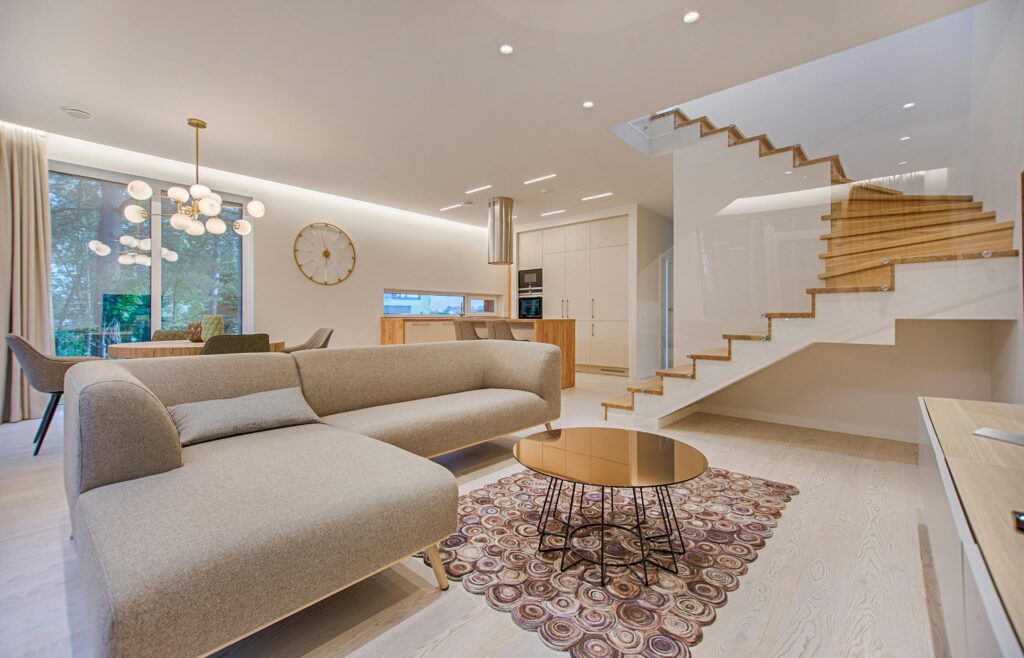
Exterior Cladding
As exterior cladding, WPC panels provide insulation, protection, and aesthetic enhancement to buildings. Whether applied to residential homes, offices, or retail establishments, they create striking facades that withstand the test of time.
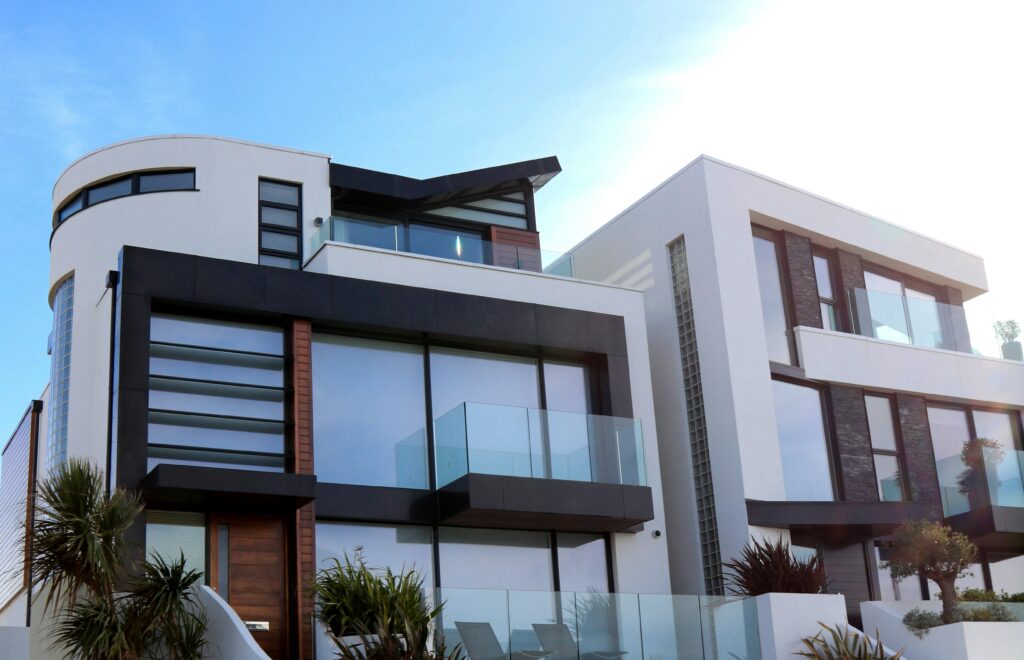
Commercial Spaces
In commercial settings such as restaurants, hotels, and retail stores, WPC panels elevate the ambiance while offering practical benefits. Their durability and low maintenance make them an ideal choice for high-traffic areas where aesthetics and functionality converge.
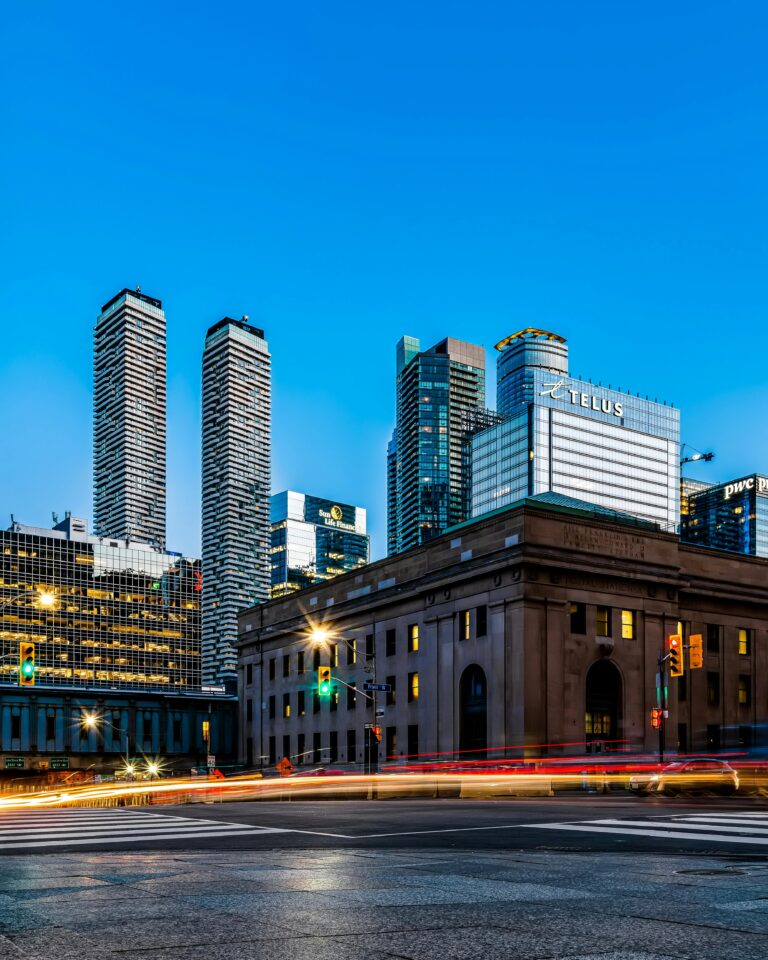
Wood Plastic Composite (WPC) wall panels represent a harmonious fusion of nature and technology, revolutionizing the way we design and adorn our living spaces. With their innate beauty, durability, and sustainability, WPC panels offer a compelling solution for interior and exterior applications, setting new standards in modern construction and design. Whether seeking to create inviting interiors or striking facades, WPC wall panels empower architects, designers, and homeowners to realize their vision with style and substance.

